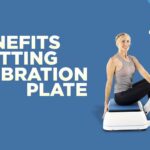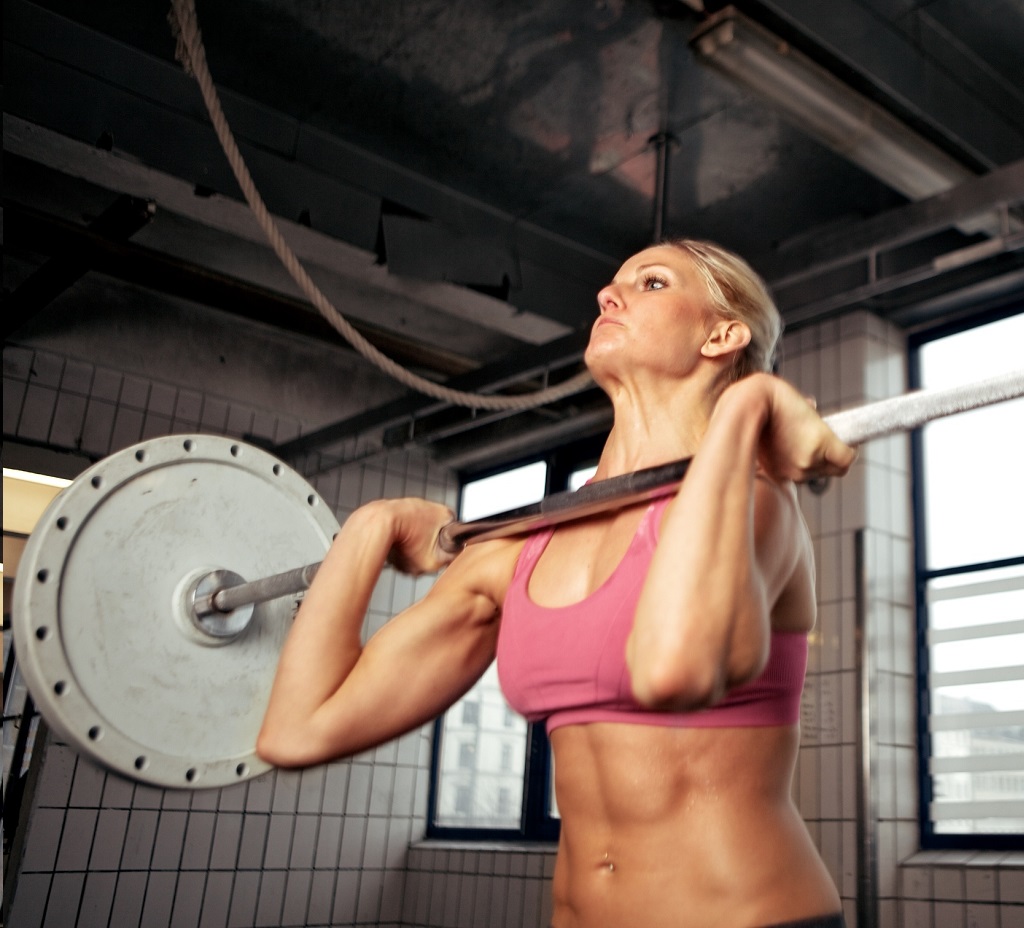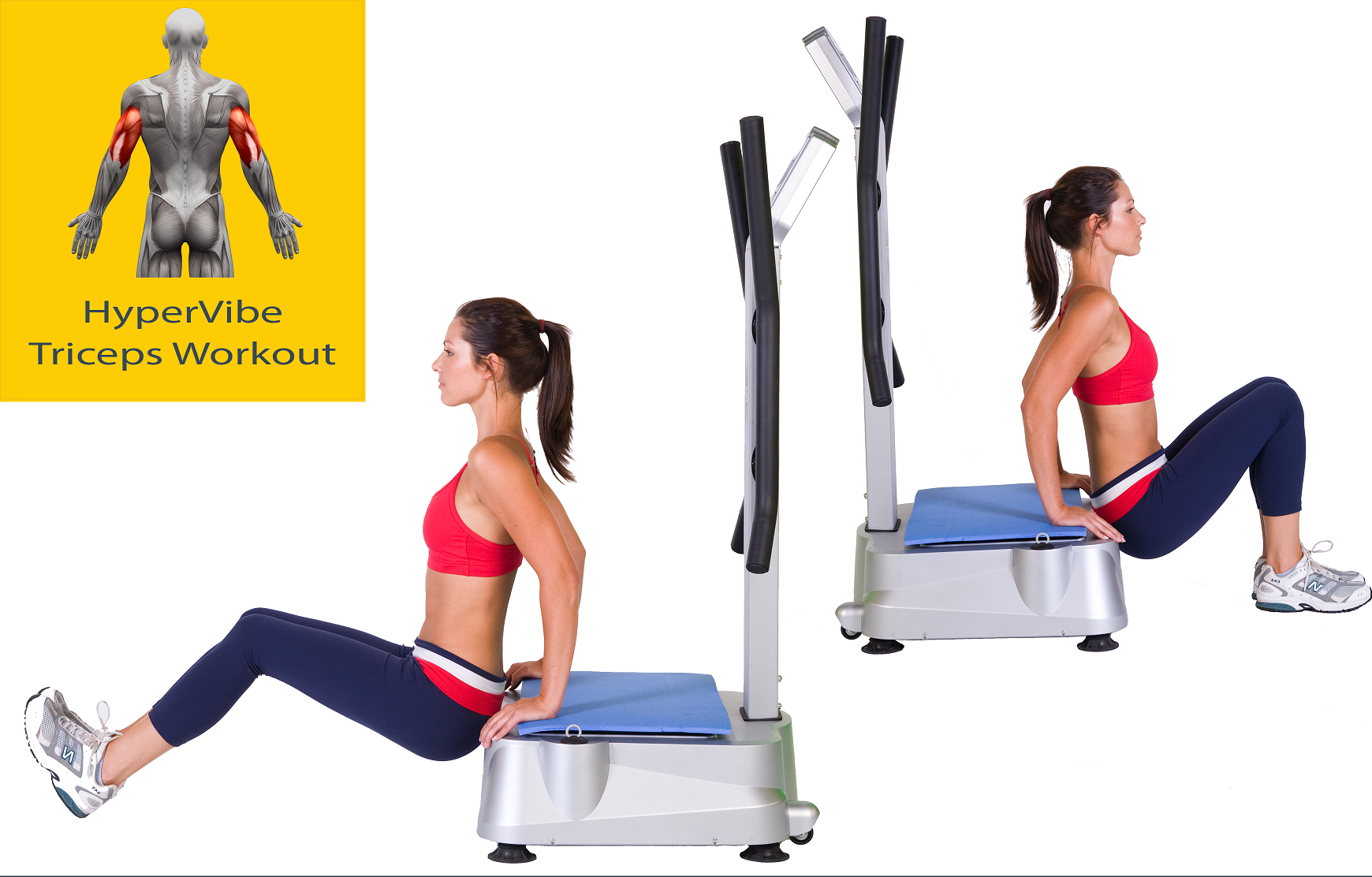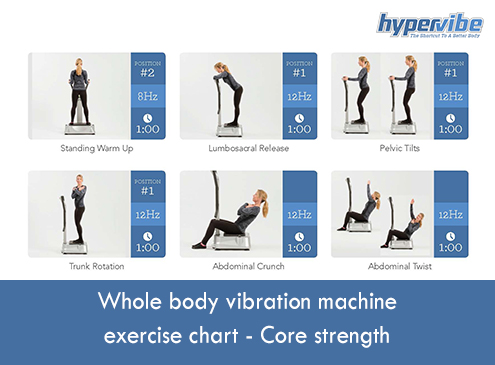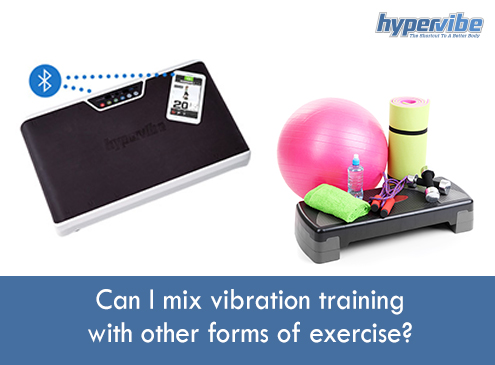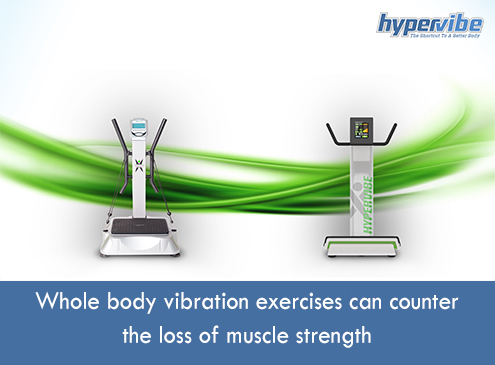Functional Strength Training: Key Points to Know
Studies have shown that as we age, our muscles and strength decline. As a result, daily activities and the movements we make can sometimes lead to pain and injuries. When we think of going to the gym or exercising at home, we often isolate certain groups of muscles at a time without really thinking about the “functionality” of our movements and exercise regimes.
But this is where functional strength training comes in. Used in the health and fitness sector, this is a relatively new concept that looks at exercise from a different perspective – the functional one. But what is it, what does it entail and how is it carried out? This post attempts to answer these questions.
What is functional strength training?
As an exercise regimen, functional strength training takes workouts to a new level. Why? Because instead of isolating different muscle groups at a time, it works with multiple muscles and generally as much of the body and its movements as possible at the same time.
But how does this work in practice? Essentially, this type of training uses the whole body and the way several muscles and joints work together, and it “mirrors” movements in daily life that we often take for granted.
For example, we often don’t give much thought to squatting, walking, reaching, or even carrying or lifting heavy objects. But they’re critical to how we function and can affect our quality of life. One instance is that if we emphasize working on our core strength and stability, we’re much more likely to be fitter as well as reduce our chances of sustaining an injury.
As such, this training type looks works in a sort of continuum and looks at how the body works as a more holistic method as opposed to individual muscle targeting. For functional strength training to be effective, four elements are present. These are:
- Coordination
- Muscle contractions (concentric, eccentric, and isometric)
- Speed of movement
- Range of motion
Consequently, each exercise you do as part of such a routine must incorporate these to be successful in transferring to other activities. In addition, your exercises must involve smooth, rhythmic motions in the three cardinal planes of movement: sagittal, frontal, and transverse.
When doing such exercises, it’s also important to consider the “transfer effect”. Exercises with the highest transfer effect are those which are the closest to the actual movements we make in real life. This is why exercises with machines are often not ideal for this purpose. However, exercises that incorporate some machines and add-ons such as free weights are better suited in addition to gymnastic moves and aerobic training.
And the ultimate benefits of all this? Although there are plenty, some of the most important ones are better mobility, increased power, and speed, stronger muscles, coordination, balance, and others.
What is the difference between strength training and functional training?
If you’re thinking of curls, presses, rows, hamstring curls, or anything along these lines – you’re thinking of traditional strength training. This is the isolation of specific muscle groups which are then worked out in short bursts of targeted and precise motions using machines or extra equipment. Usually, the weights we use in strength training are quite heavy and they challenge your muscles to make changes and ultimately bulk up and build strength.
On the other hand, functional strength training looks at training from a different perspective. It is not the isolation of certain muscle groups but rather how these muscle groups work together with other parts of the body (both muscles and joints) that results in a bigger-picture type of exercise regimen that involves a broader range of movement. Examples of some exercises in this group include doing jump squats, side lunges, planks, and push-ups for more full-body movements. Weights, medicine balls, bands, kettlebells, and others can be added for extra resistance and strength building.
Despite the different approaches, both types of training can help to strengthen bones, build more tone and gain muscle, build strength, burn calories and fat, boost your mood, improve posture and the strength in your core and help you to be more functional.
What are the 7 functional movements?
With all this in mind, let’s delve a bit deeper into the seven core functional strength training movements.
- Pull: this can generally be horizontal or vertical and can involve movements such as a pull-up or a barbell row. These exercises, for instance, target the mid and upper back, biceps, forearms, and rear shoulders.
- Push: This group is also divided into vertical and horizontal components, much like the pull. Exercises in this group can include push-ups and dumbbell shoulder presses. Targeted muscles include the chest, triceps, and front shoulders.
- Squat: these are possibly the most complex types of exercise and they target the glutes, core, quadriceps, and hamstrings. Squats can be focused on both legs working at one time, or bilateral. Other squats can have a single leg or unilateral bias.
- Lunge: this targets the lower body and requires more stability and greater levels of balance. It generally targets the glutes, quadriceps, core, and hamstrings. It is also known as a knee-dominant pattern and although related to squats, they are quite different in terms of exercise categories.
- Hinge: Deadlifts are some of the most common exercises in this group. They focus on the hamstrings, glutes, and lower back. The nice thing about hinges is that they require much less knee bending even though it focuses on the groups of muscles at the back of the legs.
- Rotation: this involves twisting at the core and can occur when throwing a ball, kicking a ball, changing directions while running, and other actions. The core (and the obliques) are the main contributor to these movements.
- Gait: known as the technique of walking, it involves a combination of multiple movements (involving lunging, rotating, and pulling with the hamstrings). Exercises that could be done in this group include jogging, jumping, and farmer’s walk.
Can you build muscle with functional strength training?
If functional strength training sounds like your cup of tea but you want to know whether you’ll be able to build muscle from it as well, the answer is “yes”. This will depend on the specific groups of muscles you’re exercising at the same time, the frequency of your workout regimen, and the duration of each exercise.
Overall, your commitment to this type of training can ensure that you build muscles and strength (as a safer option than traditional bodybuilding), while also becoming more flexible and agile and better equipped to deal with daily feats of strength. All this while reducing your chances of sustaining injuries.
In conclusion
Given the variety of benefits that functional strength training offers and its benefits for daily life, it’s certainly a worthwhile addition to your workout routine and is something you should seriously consider implementing in your activities to have a stronger, healthier body with fewer chances of injuries.
Resources:
http://www.healthline.com/health/fitness-exercise/functional-strength-training
http://www.bustle.com/wellness/functional-traditional-strength-training-differences
http://www.womenshealthmag.com/uk/fitness/strength-training/a39559293/functional-training/
http://sites.udel.edu/coe-engex/2017/04/17/traditional-and-functional-workouts-are-they-really-that-different/#:~:text=A%20traditional%20strength%20workout%20would,their%20efficiency%20for%20activities%20faster.
http://www.byrdie.com/traditional-vs-functional-strength-training-5116063
http://www.acefitness.org/resources/everyone/blog/1452/what-is-functional-strength-training/




